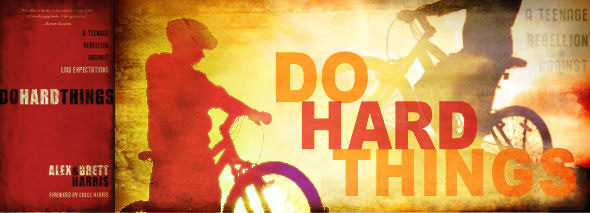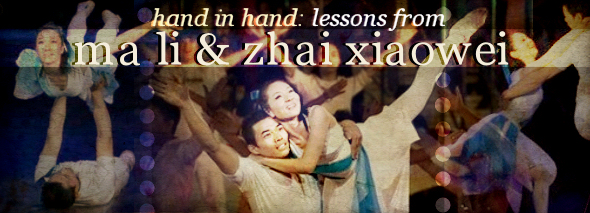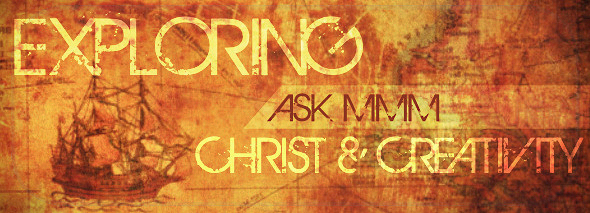I can certainly relate to your concerns, A.! I've faced some really difficult times over the past few years, and art provided a welcome outlet for expressing what was on my heart and making sense of the things happening in my life. When it comes to personal artwork that you don't intend on sharing publicly, I think the choice is yours -- after all, God already knows your thoughts, and putting them down on paper won't make much of a difference for him. For you, however, it might. Some people find it overwhelming to dwell intently on negative subjects, and centering their art around 'questionable' ideas can distract them from thinking about things that are "honourable ... pure ... and worthy of praise," as the Bible commands (Phil. 4:8). For others, art is a way to sort out feelings, find meaning in situations, and give up worries to God. You're the only one who can decide whether using art in this way is helpful for you, because you know first-hand the effect that it has on your mood, attitude, and relationship with God. In this article, I'm going to tackle the other side of this issue and about art that's meant to be shared publicly. First, I'd like to point out that I do not encourage an 'outward Christian attitude' if that same attitude isn't present in the heart. God does call us to live in certain ways, but those outward actions should be a natural extension of what's inside our souls, not a mask that hides our true feelings from others. Admitting our brokenness is crucial for Christians -- not only does it allow others to effectively minister to us, but it can help us minister to other hurting Christians who want to know that they're not alone in their struggles. Therefore, I fully encourage sharing with what's on your mind to a pastor, friend, or family member in the form of a conversation, confession, or prayer request. But in a picture, poem, or song? I don't want to discourage creativity, but I'd advise you to take extra care. See, art is far less straightforward than regular conversation: whatever you write, draw, sing, or act out is completely open to interpretation -- interpretation that often veers away from the message you intended. The more 'questionable' your art, the easier it is to skew this message into something outright sinful. And, needless to say, a sinful message can have a deeply negative impact on those who hear it. Let me explain this using an example that deals with crime... Breaking Windows In criminology, there's a famous theory dubbed "Broken Windows," which states that crimes are more likely to happen in messy, dilapidated neighborhoods than in clean and orderly ones. George Kelling and James Wilson, the originators of this theory, write: "Consider a building with a few broken windows. If the windows are not repaired, the tendency is for vandals to break a few more windows. Eventually, they may even break into the building... Or consider a sidewalk. Some litter accumulates. Soon, more litter accumulates. Eventually, people even start leaving bags of trash from take-out restaurants there or breaking into cars." Many experiments have been conducted to investigate how strongly run-down environments encourage crime, and all have ended up with similar results. In one experiment, several 5-euro notes were placed into open mailboxes around a regular neighborhood in the Netherlands. Of the people who passed the mailboxes, just 13% stole the money. However, when the mailboxes were covered in graffiti or the surrounding area was littered with waste, as many as 25-27% of passersby committed a theft. Why? Some may have thought that, since no one cared enough to clean up the community, nobody would bother to take action against this crime either. Some may have seen stealing as a way to fit in with the types of people who seemed to be populating the neighborhood. Others may have excused their illegal act with, "Everyone around here is doing it," or thought that the theft wouldn't make much of a difference in a community that was already eroding. The point of the experiment? Broken windows spawn more broken windows. When artwork nears the 'questionable' line, it can have a broken-windows effect on its viewers. Art is extremely powerful: no doubt you've had a song stuck in your head for hours, or been haunted by a photograph many years after you first saw it. Most of us can probably identify one piece of art that has changed our lives, or at least changed the way we see life, in some way. As Christians, it's our duty to make sure that our work brings positive changes to the lives of others. Can a piece of art centered around despair or pain be positive influence? Or, like the broken windows and graffitied mailboxes, will it only reinforce and encourage the darkness that could be hidden in its viewers' lives? Art provides many opportunities for this effect to take place: - A film with a sad, devoid-of-hope ending can cause a reader or listener to lose hope about a real-life situation -- if things can't work out in a movie, how can they possibly work out in reality? Of course, the cause-and-effect relationships described above are a bit over-simplified, but I've left out an extremely important side to this issue. Go back to the above examples, and imagine that each piece of art was created by a professing Christian. Now, you've got a real problem, because the artist is not only sending generalized negative messages about the world -- they're sending false and negative messages about God! If I were a non-Christian watching that movie, how would I reconcile its cynical plot with the hope that its writers claim to have in Jesus? If I were a Christian struggling with temptation, is there a chance that I might see that story as a "green light" giving me permission to sin, since it was written by a fellow believer? Of course, in both cases, I should know better -- but, sadly, in both of those examples, I speak from experience. People aren't simplistic: they don't think, "Hey, since this book talks about theft, I should probably go rob the corner shop." But art desensitizes us. By the time we're 18, we are estimated to have seen 40,000 homicides on TV. Add to that every other source of media and every other sin in the Bible, and you'll see just how much we've ingested over time. No wonder sin seems "normal" or desirable to us! So, as Christians, aren't we responsible for not adding to the heaps of litter that already surround us? A Way to Show Love The Bible encourages Christians to "err" on the side of caution if somebody else's faith is at stake. Consider Paul's words in 1 Corinthians 8: "Take care that [your freedoms do not] somehow become a stumbling block to the weak. For if anyone sees you who have knowledge eating in an idol’s temple, will he not be encouraged, if his conscience is weak, to eat food offered to idols? And so by your knowledge this weak person is destroyed, the brother for whom Christ died. ... Therefore, if food makes my brother stumble, I will never eat meat, lest I make my brother stumble." With art, you never know exactly who will see your work and how immune their faith is to 'questionable' ideas, so limiting your creativity is a reasonable sacrifice to make when it comes to work that will be publicly shown. It's All in the Context It's important to remember, however, that all of the above applies only to certain types of work. Even 'questionable' art can potentially edifying if properly done. After all, the Bible mentions plenty of negative things like murder, suffering, and hatred, but it puts these issues in context so that it's impossible for readers to misunderstand God's stance on them. Do people get tempted to kill because they read about it in the Bible? The Bible's message that 'murder is bad' is so clear that it's impossible for readers to unintentionally mis-interpret. In the same way, a story, song, or painting that involves negative elements does not necessarily have to encourage them. And this is where the line between art and sin falls -- between work that merely makes mention of sin, and work that glorifies it. Between work that explores with frankness and honesty the nature of evil, and work that centers around it, leaving little space for positive and God-honouring themes. To help you figure out where your work falls on this line, try asking yourself a few of the following questions... 1. Does the overall message of the work encourage or discourage sin? (Look at the work itself; don't add any explanations or additional captions that may go unheard)
In response to our Ask MMM feature, we received this question from a reader named A.: "Where does the line between creativity and sin stand? I draw, write, whatever is pressing to me at the moment... I've done some works that are not quite as 'Christian' in theme as some would like. Not 'bad' or anything but potentially questionable. So should an artist deny a creative concept for the sake of upholding an outward Christian attitude? Or should they allow their creativity to simply be?"
- A photograph or painting of a model in risque clothing can send the message that modesty is unimportant, or that women need to undress in order to be beautiful or 'art-worthy.'
- A story describing sin in detail -- even if its overall moral discourages sin -- may entice some readers to stumble (just like graphic anti-anorexia ads have been shown to actually cause the eating disorder)
2. Which parts of the work are most memorable -- the positive elements or the negative ones?
3. Is there enough descriptive detail in the work that it could awaken one's curiosity and tempt them to sin?
4. Is sin presented in a negative light throughout the entire piece? (If, for example, you're writing a story and the reader does not quite reach the end where the moral is contained, will they still understand the message you were trying to send?)
5. Imagine that this work is being viewed by somebody who has had no previous exposure to Christians and knows nothing about God. What kind of "first-impression" might you be giving them about Christians and Christianity?
6. Is there a way to improve this work and give it a more positive message? If so, what is stopping you from doing so (too much work, want a more 'realistic' plot, fear of being labelled 'cheesy,' etc.)? How legitimate are these excuses? Article by Oksana K.
Article by Oksana K.
Credits: The Broken Windows theory is described in more detail at Reason.com
Image credits: Graphic by Oksana K. [Texture credit coming soon].
Tell others about this article using the "Share" button below. Thank you for your support!
[14.8.09
|
1 comments
]
















1 comments
Excellent article! This was very encouraging and extremely well-written. The questions at the end are very helpful. Brava, Oksana!
Blessings,
-Breezy
Post a Comment